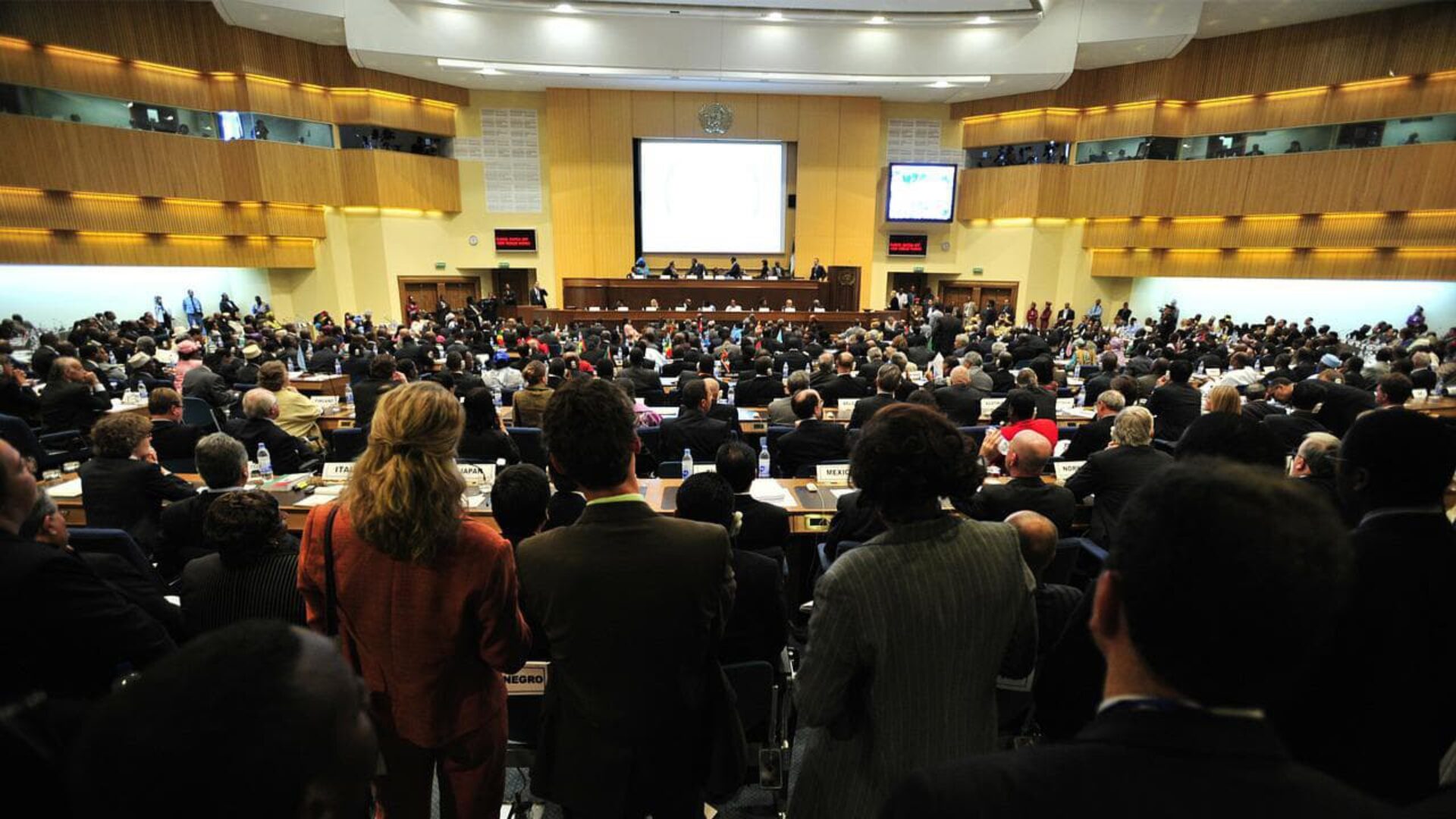
With careful planning and research, you will find that you can get fairly close to the ideal business travel and event budget for your company. Here are 6 steps to help you calculate a business travel budget for your company.
Create a business travel policy
If you don’t already have a clear written travel policy, creating one is your first step toward creating a business travel budget. The idea is not to limit employees to a rigid set of rules. A travel policy should help you prepare for unpredictable events and provide consistency for your business travelers. A clear set of travel policies will prevent confusion and budget overruns.
A few tips on what to include in your business travel policy:
How far in advance should travel be booked? The earlier, the better, as you can take advantage of lower flight rates as well as discounts on early reservations for a conference or trade show.
What vendors to work with? Hold a tender to select a business travel provider to take advantage of lower prices and all the benefits of working with a major business travel operator. Financial and time savings, special rates for accommodation in hotels in Ukraine and abroad, safety of your employees, convenient form of cooperation – not the whole list of advantages.
What is included in the per diem of a traveler? Food, of course. And what about alcohol? Morning coffee? Entertainment for potential clients? Shared trips?
What purchases are non-refundable? Dry cleaning? Parking tickets? Make a clear list of approved and unapproved purchases to ensure consistency in reimbursement.
How are expense reports filed? How long do travelers have to file expense reports? When will they be reimbursed?
If you have a clear travel policy, you’ll have an easier time identifying deviations from it and determining what your budget is leaking on. You’ll also be able to do your job more efficiently.
Look at your calendar of upcoming business trips
The easiest travel is annual events. Are there any conferences, trade shows, trainings or shareholder meetings that you send people to each year? Start by planning them.
You can also find out if management is planning business trips around the country or overseas. Perhaps one of the bosses is planning to send the entire sales department to a special training seminar. Make sure you know about all the possible business trips your management or employees may be taking.
Try to establish how much each of these trips will cost per person. Look at past data to see how much the conference cost last year. Also, be sure to find out what else is going on in town that week. If your annual expo coincides with a big music festival, airfare and hotel prices may be inflated. You also need to anticipate this.
Of course, planning trips that you know about is the easy part. How do you plan trips with information you don’t already know about?
Look at past travel expenses
To understand how much travel is spontaneous rather than pre-planned, take a look at last year’s data. How much of what was spent last year was spent on regular conferences and trade shows? How many were business trips and unforeseen travel?
Try dividing last year’s travel expenses into segments. Maybe it was 30% planned events and training, 40% travel, and 30% last-minute travel. Since you’ve already estimated these “planned trips,” you can use last year’s breakdown to try to project the total budget for this year.
As part of your travel policy, you should have an affordable way to view your travel expense data. Use this information to dig deeper and establish a base cost per person for different types of travel. Conferences, client meetings, and business trips can all have different costs.
Consider future goals.
Analyzing past travel data is a great way to get closer to a reasonable figure, but just because the company spent X on travel last year doesn’t mean you want to spend X this year.
If the team is making a concerted effort to open a lot of new business in the first quarter, you may need to increase the share of sales in your budget. Do you need to increase your entire budget in such a case?
Make sure you have a clear idea of company goals to consider before proposing a final budget to management.
Control travel expenses
A budget is great, but it’s not so great if you only review it in the first half of the year. As a travel manager, you need to control your expenses. This can often mean you have to negotiate with the rest of your team.
Manager A wants to send his top salesman to Dubai for a big, expensive conference that could lead to a big contract. But manager B wants to send three new members of the department to another city for training. Management is considering both trips, but there’s only room in the budget for one.
Faced with your budget constraints, it may be possible to postpone the training until next quarter. If things go well, maybe management will decide that both trips are important enough and sign off on the additional expenses. Either way, you’ll know you’ve done everything you can to protect your budget.
Negotiate a contingency budget
If your company allows it, try to allow for a small contingency budget. This will only be for urgent trips that cannot be avoided. This doesn’t mean allowing employees to overspend or allowing you to mismanage your expenses. It is a separate line item set aside specifically for emergencies.
It may seem like a lot of work at first, but if you have a solid budget for business travel, it will make the rest of your year much more relaxed. You can use it as a guide to give helpful guidance to the rest of your team when setting priorities and goals for the company’s future.
